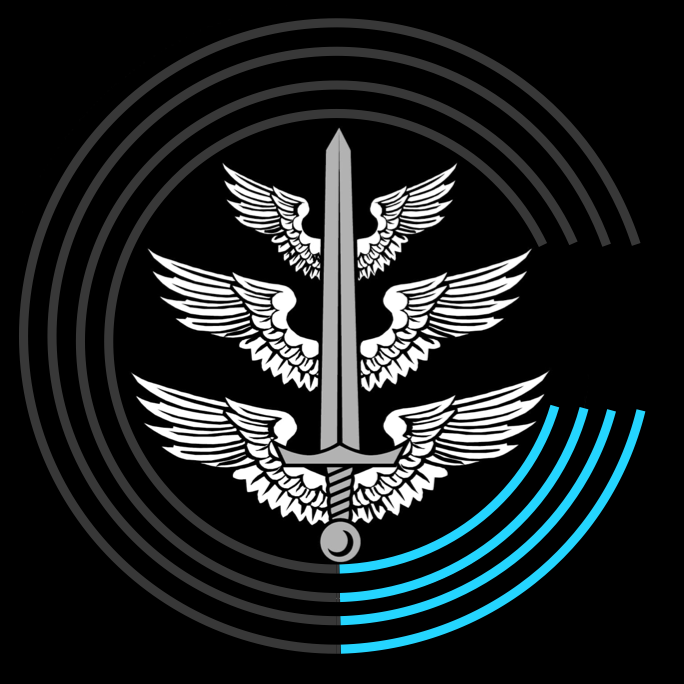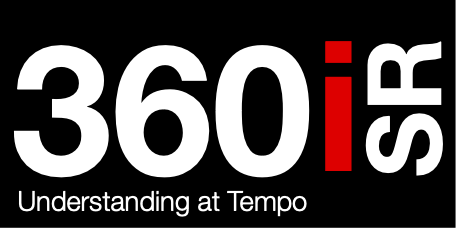UAS RED FLAG
RED FLAG Origins
In 1975 Colonel Richard "Moody" Suter developed the Project Red Baron II in to the RED FLAG exercises that many pilots and WSOs know. Red Flag fast became the pinnacle of air combat training (although my US Naval Friends will argue this fact ) and was seen as a testing ground for both emerging tactics and operators themselves.
The origin of Red Flag was the unacceptable performance of U.S. Air Force fighter pilots and weapon systems officers (WSO) in air-to-air combat ("air combat manoeuvring," ACM) during the Vietnam War in comparison to previous wars. Air combat over North Vietnam between 1965 and 1973 led to an overall exchange ratio (ratio of enemy aircraft shot down to the number of own aircraft lost to enemy fighters) of 2.2:1 (for a while in June and July 1972 during Operation Linebacker the ratio was less than 1:1).
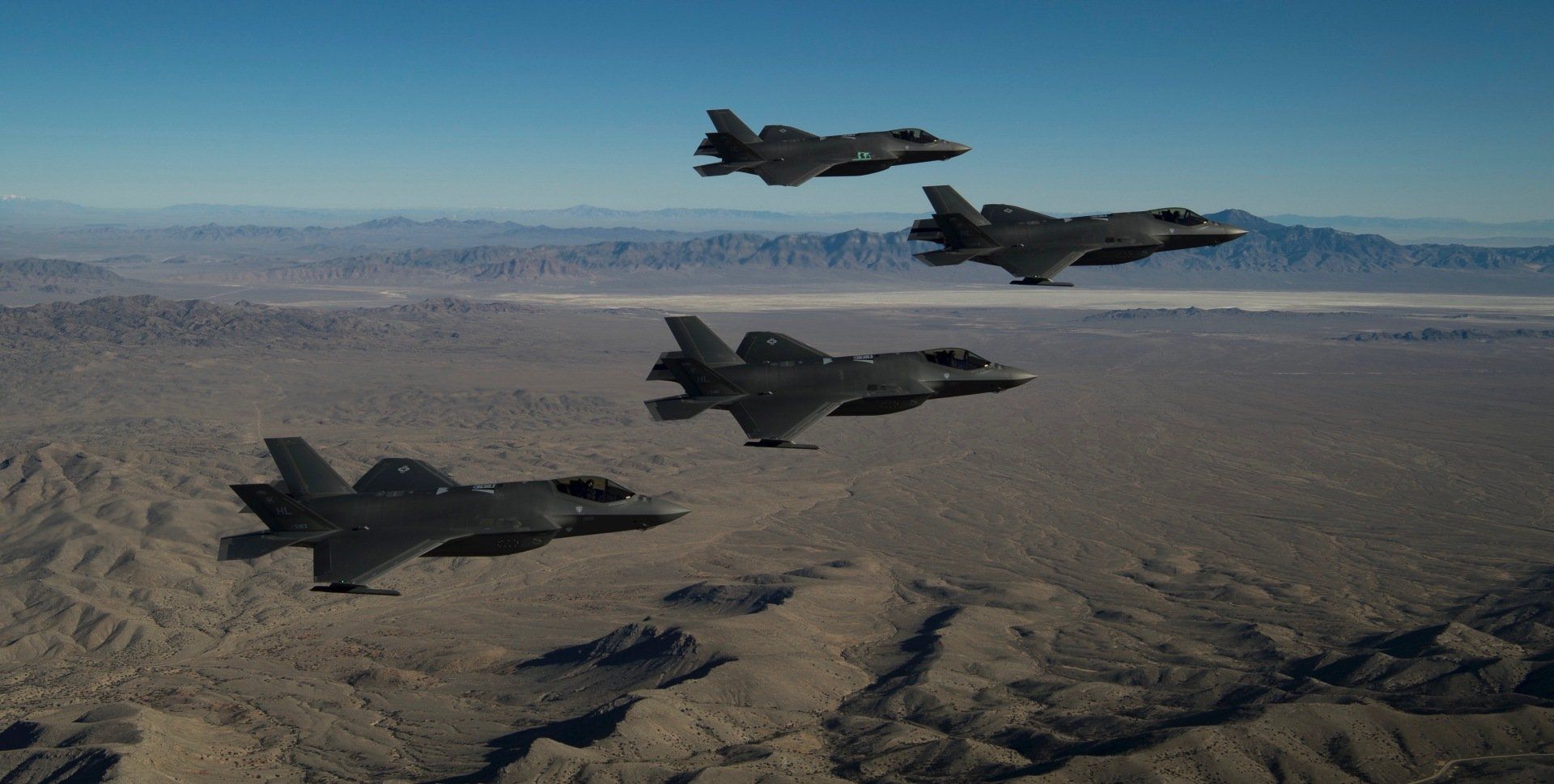
Among the several factors resulting in this disparity was a lack of realistic ACM training. USAF pilots and WSOs of the late 1950s, 1960s, and early 1970s were not versed in the core values and basics of ACM due to the belief that "Beyond Visual Range missile" engagements (BVR) and equipment made "close-in" manoeuvring in air combat obsolete. As a result of this BVR-only mindset reached its zenith in the early 1960s, nearly all USAF fighter pilots and weapons systems officers (WSO) of the period were unpractised in manoeuvring against dissimilar aircraft because of a concurrent Air Force emphasis on flying safety.
As a result, Red Flag was created in 1975 to offer USAF pilots and weapon systems officers the opportunity to fly ten realistically simulated combat missions in a safe training environment with measurable results. Many U.S. aircrews had also fallen victim to SAMs during the Vietnam War, and Red Flag exercises provided pilots and WSOs experience in this regime as well.

I have had the honour of standing on the Red Flag stage and briefing and leading a mission, not as a pilot, not even as a WSO, but as an ISR mission commander. I know, firsthand, the value of experience the Red Flag exercise brings: the testing of tactics, the bonding of individuals and creation of teams and, importantly the building of confidence. When I stepped in to combat, although not fully prepared (because that is impossible) I was ready.
Lessons Learnt
As we meander through our lives, we identify lessons; things, that given the opportunity, we would do differently, or better. If we consider the use of Unmanned Air Systems around the world, in the West and particularly NATO, we may instantly think of the MQ-9. However, are we in jeopardy of not learning the lessons identified by Moody Suter back in the 1970’s? Are we losing the advantage in the UAS domain?
The employment of UAS in European airspace is problematic due to the certification standard demanded by Aviation Authorities and the lack of compliance by the majority of UAS OEMs. Therefor ethe West’s ability to train as they fight is hamstrung from the off. In exercises, UASs are either replicated by manned aircraft, synthetically replicated or, if actually flying, segregated to a separate area of airspace. All of these solutions go against the current demand for integration.
The Opponent
Whist Europe struggles with UAS regulation and certification, other countries, perhaps less bound to regulations engage on a dramatic advancement on UAS capability and tactical employment. If the West has not already lost the high ground in UAS employment, we probably will soon.
Iran and Syria
US officials told the Associated Press that as many as five drones, equipped with explosive charges, hit the al-Tanf military base in Syria on Oct. 20. According to the AP report, Iran “resourced and encouraged the attack,” but the drones were not launched directly from Iranian territory. No American forces were killed in the attack.
Israeli sources have also pointed the finger at Iran-backed militias; those same sources are raising concerns that American forces in Syria and, to some extent, in Iraq are not equipped properly to deal with the growing number of armed drone strikes, which have emerged as a regular tactic for Iran over the last year.
“The Iranians use the armed drones, operated by their many proxies, as a way to cause casualties to the American forces by using what is still considered a secondary weapon system,” an Israeli defence source has said.
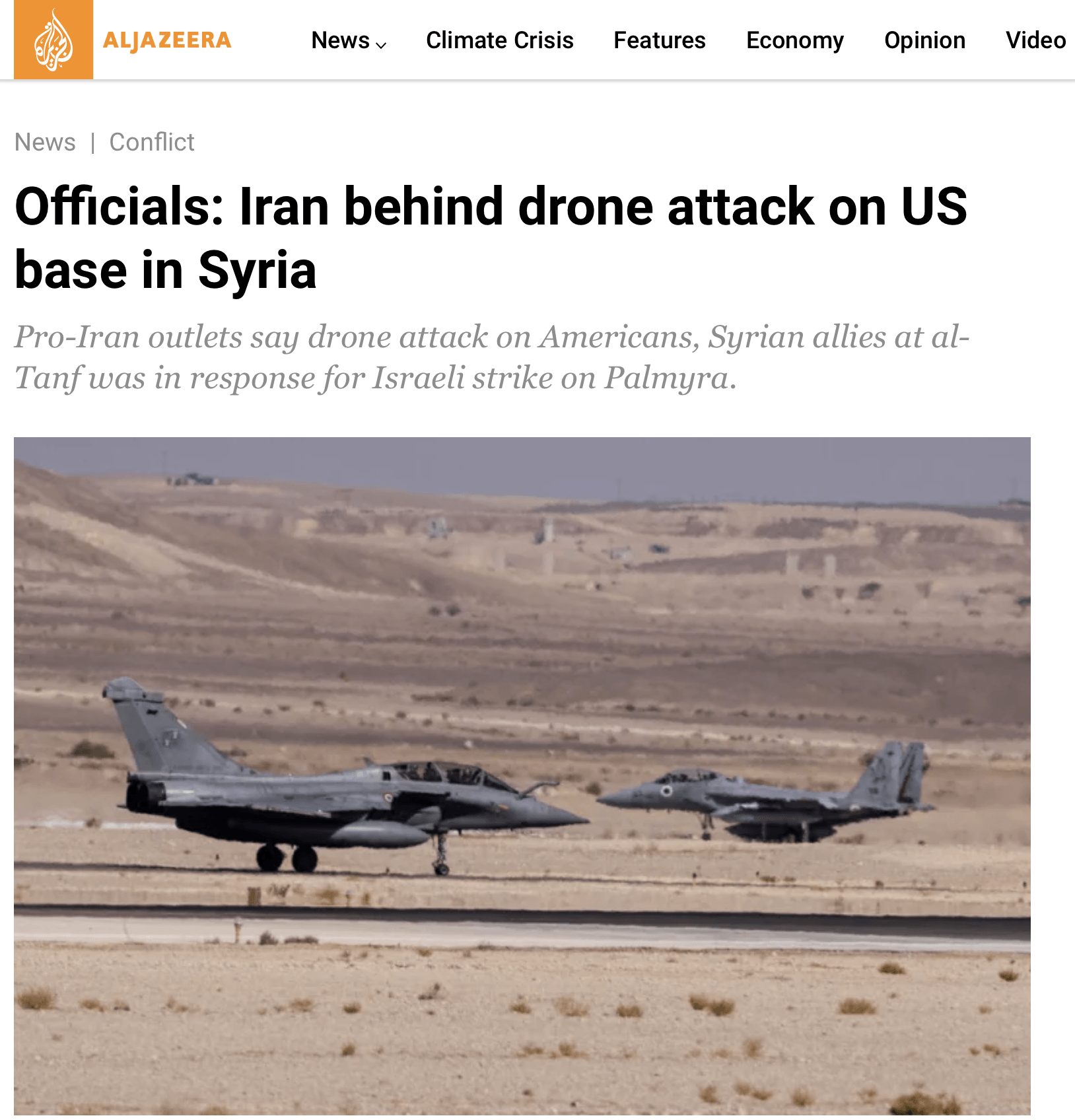
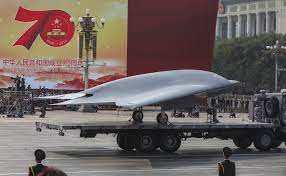
South China Sea
When the American, British and Japanese navies surged three aircraft carriers and a helicopter carrier into the waters south of Japan this month, the Chinese military responded with a surge of its own: a drone surge.
On no fewer than three occasions, Chinese surveillance drones shadowed the allied fleet, prompting the Japanese air force to launch fighters. The intensive robotic surveillance, which comes after years of growth in Beijing’s drone force, hints at how Chinese forces might wage naval war in the Western Pacific. To keep enemy carriers away from the Philippine and China Seas, the Chinese People’s Liberation Army Rocket Force deploys hundreds of anti-ship ballistic and cruise missiles. But those missiles are useless without accurate targeting data. This data has historically been supplied by the manned Maritime Patrol Aircraft (MPA) Y-9, however, there seems to be a move away from this high-risk tactic to the employments of UASs on mass.
What Next?
Do we look idly on as the opponent develops skills and capabilities? Do we fixate on technological superiority as we did in the 10970 with our faith n BVR missiles? Or do we start training as we mean to fight?
Recently Canadian UAVs and 360iSR declared a training capability that will address all of the issues outlined above. The training is designed from concept, to address these fundamental ‘must haves’ in UAS training:
· Safe operations. We have drawn on decades of collective experience in the manned and unmanned aviation world to design a training program that conforms to the latest leading UAS guidance but also (where guidance is not available) draws from manned aviation training.
· Integrated operations. In the world of coalitions and integration, we have ensured that the training program is complaint to NATO UAS training direction.
· UAS operations. Operations does not end with UAS flying. The training program ensures that all elements of the UAS operation are educated in how to task and what to expect. We train UAS commanders, JTACS, ISR Tactical Coordinators, Intelligence Analysts, Collection Managers and Sensor Operators.
· Mission rehearsal. It is great to be able to operate a UAS safely, it is critical to operate the system effectively. The training program includes periods of mission rehearsal against a relevant scenario. Teams can practice, rehearse, hone skills, make errors and learn, all form the comfort of a dedicated UAS training range in the heart of Canada, as far away from prying eyes as is physically possible.
On the shoulders of giants we all sit. Is it not an insult to throw away that high ground because our belief in technological superiority prevents our creative and critical thought?



